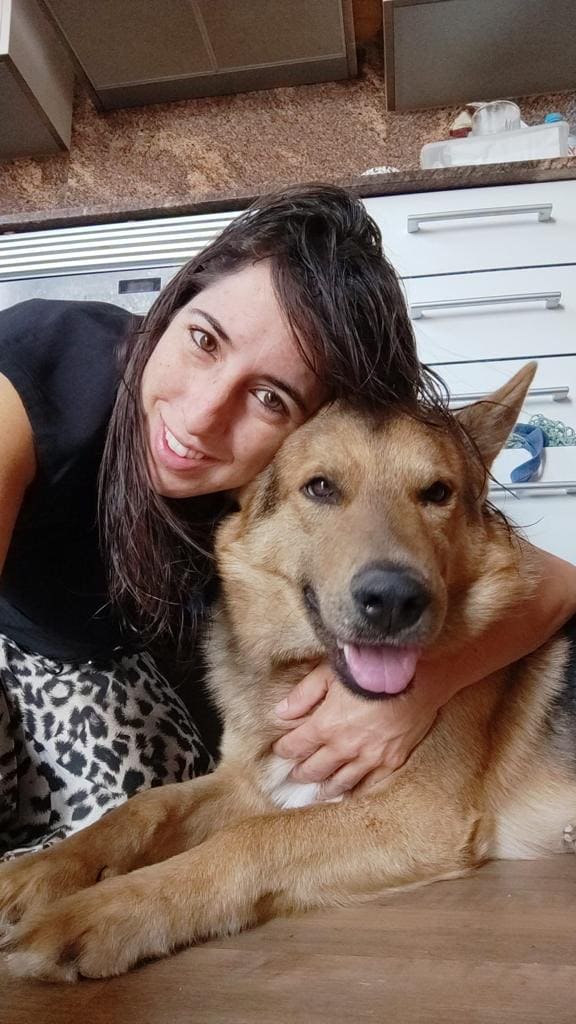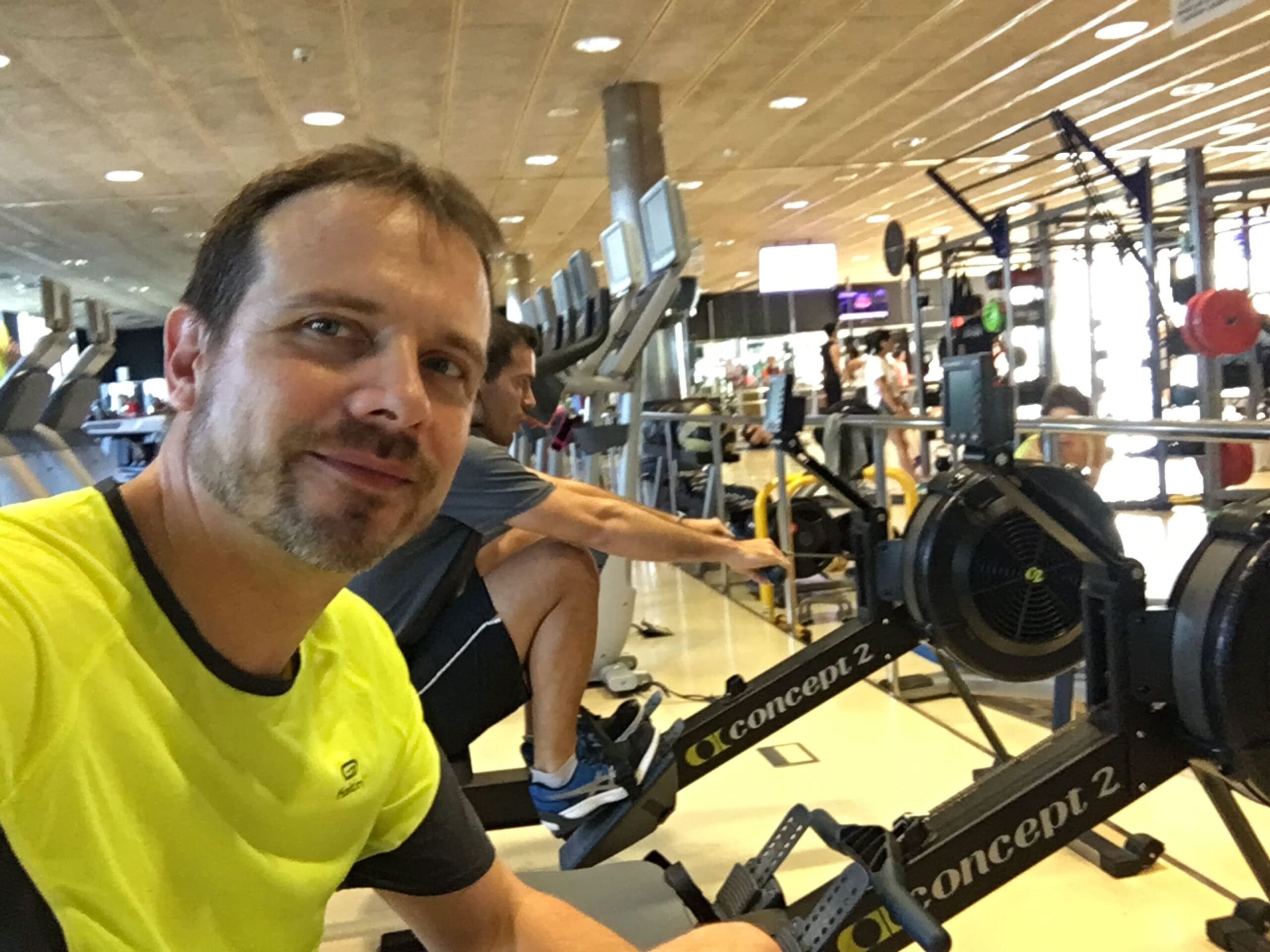Endodontics
When the bacteria in the mouth manage to reach the nerve inside the teeth, an irreversible and painful process is triggered. The dental nerve and the small vessels that accompany it are necrotic (rot) and the interior is full of bacteria that can not be attacked by the body’s defenses, because the blood no longer reaches the inside of the tooth. Nor do antibiotics (which also circulate in the blood) can fight infection from the inside.
Once the ducts inside the tooth are completely contaminated, more bacteria and toxins are released into the maxillary bone causing a granuloma, fistula, cyst or even a large phlegmon (an abscess).
In order to solve the problem and save the affected dental piece, it is necessary to perform the treatment of endodontics (or ducts). Endodontics consists of thoroughly cleaning and disinfecting all the ducts inside the tooth just to the tip of the root. Then it is necessary to seal that space tightly. In this way we eliminate that corner where the bacteria could reproduce without being attacked by the organism and the cure is obtained. It is not easy to control all the bacteria that live in the dentinal tubules, because there are about 30,000 per mm2 with a diameter of 2 to 4 microns (and the bacteria measure 1 micron).
To help us in this complex work of microsurgery we have the help of:
Electronic apex locators (indicate where exactly the end of the root is located)
Digital microscope, magnifying glasses and operative endoscope (to see the details with great increase)
Super-elastic nickel-titanium (to properly clean the inside of the thin, curved root canals)
Surgical engines with precise control of speed and torque
Laser (ablates necrotic tissue and disinfects ducts)
Ozone (destroys the bacteria inside the duct)

In order to obturate and seal the interior of the ducts well, we have developed a technique that combines dentin adhesives, resin cements and thermoplastic gutta-percha. This modified technique achieves much better results than the conventional technique. This development was awarded by the Spanish Society and Endodontics.
The electronic apex locator tells us the exact position of the end of the root canal.

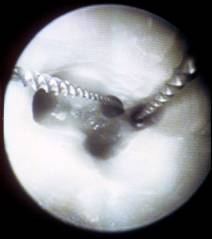
Microscope view of the inside of a tooth. You can see the entrance of root conduits and superelastic nickel-titanium instruments entering into two of them.
Images of the research carried out by Clínica Dental Padrós on the sealing of the conduits in endodontics. Above the results of the conventional technique. Inadequate sealing and filtration. Below the modified technique proposed by us. In electron microscope images and in the filtration tests it is verified that it achieves a more effective seal. This was also found to improve the prognosis.

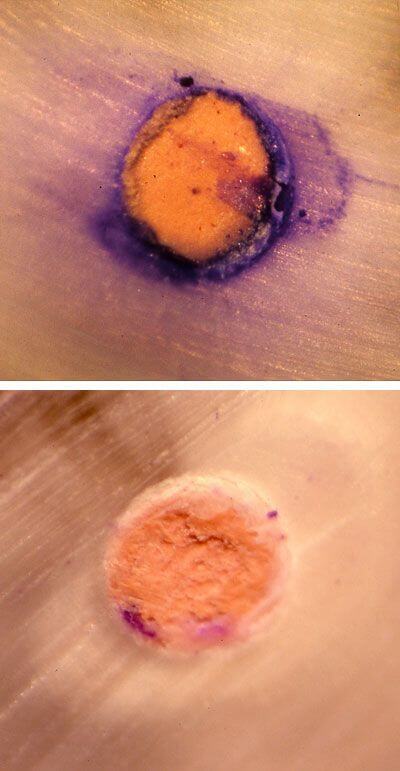


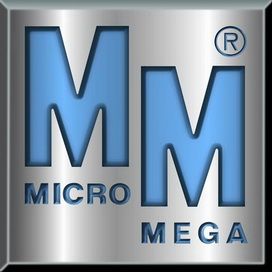

Frequently Asked Questions about Endodontics Treatment
How it is performed?
Endodontics is a branch of dentistry that treats the inner part of a tooth (endo = inner, Odont = tooth). It is more commonly known as Root Canal Treatment
After applying local anesthesia, the process removes infected or damaged tissue from the inside of the tooth. This tissue, called pulp, contains nerves and blood vessels that nourish the tooth. After removing the pulp, the root canals are cleaned, disinfected, filled and sealed.
What may have caused the damage or infection in the tooth?
The most common cause of pulpal damage is severe caries or a fracture that exposes the pulp to bacteria. This causes the pulp tissue to become infected. Other causes of injury are injuries, a blow to a tooth, a broken or loose filling or a previous deep filling.
How many appointments are needed?
That depends on which tooth piece should be treated, access to it, the degree of infection and whether the patient has undergone any endodontic treatment before. At the first appointment at the clinic we can determine how many appointments will be needed. It is usually enough with one or two appointments and very occasionally three.
How long will my treated tooth last?
With a proper restoration (for example, a crown on the posterior teeth) placed on the top of the tooth after the root canal process, it can last a lifetime. This requires good oral and dental hygiene, and regular dental checkups.
Does it cause pain?
With the use of modern techniques, it typically involves little or no discomfort. There is often pain before and endodontic treatment provides relief. Some patients may experience some discomfort and sensibility just after treatment, but this is usually relieved with painkillers.
What are the alternatives?
The alternative is extraction. This option and any subsequent plan can be discussed with the endodontist at the dental clinic.
Can all teeth be treated?
From time to time some cannot be treated. It will only succeed if all internal channels of the tooth are accessible and can be cleaned properly. A tooth must have adequate bone support for the process to be successful.
Do not think about it any more, if you have doubts about how the endodontic is performed, if you need any special care afterwards or if any alternative is better suited to your specific case, request information without commitment at our dental clinic in Barcelona and by studying your case we will advise you on the best solution. Our dentist has a high experience in successful endodontic dental cases and the patient is highly satisfied.





